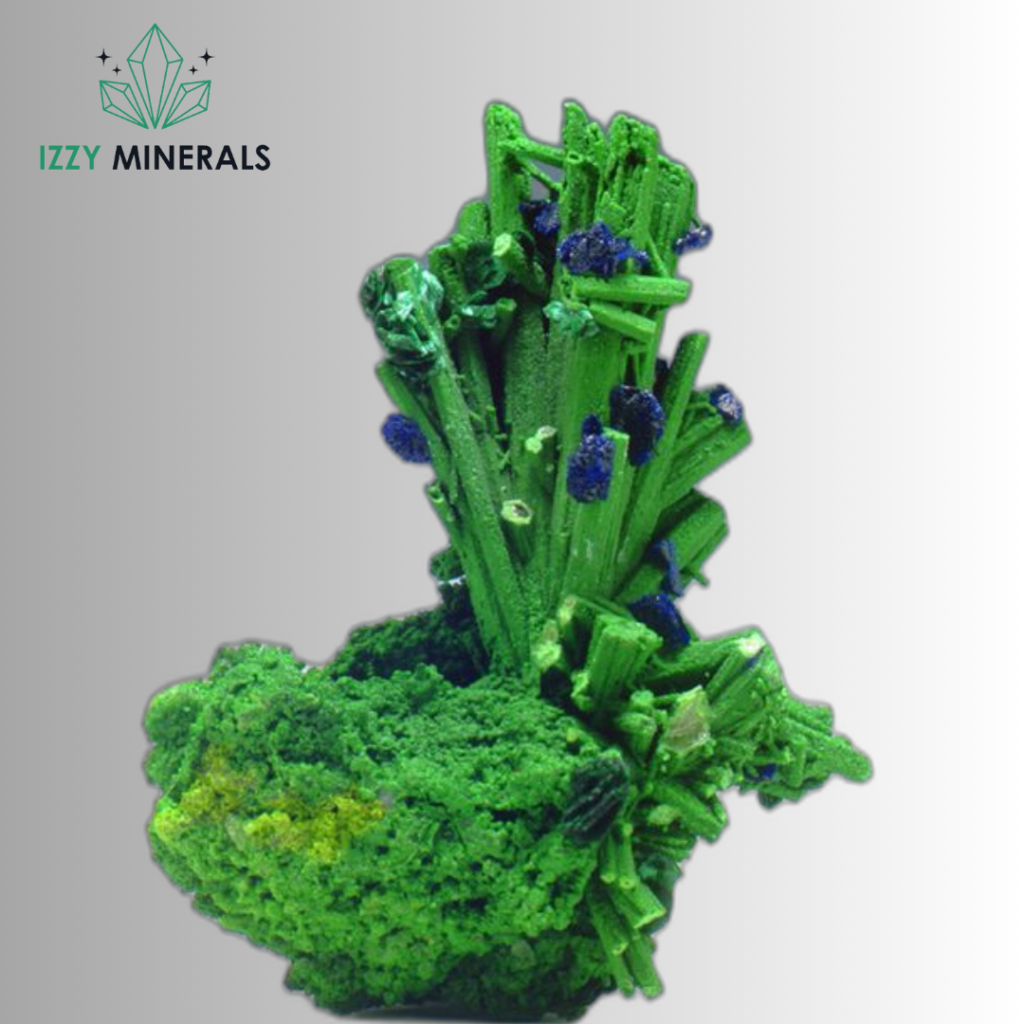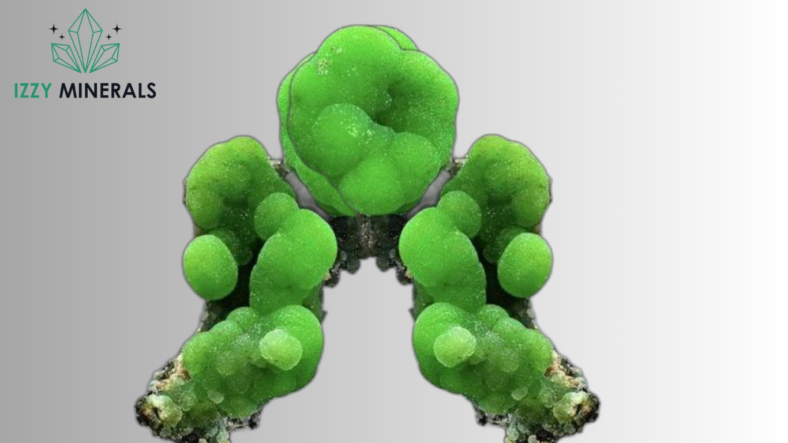Malachite is a mesmerizing gemstone known for its striking green color and swirling patterns. However, with its popularity comes the risk of encountering counterfeit versions. In this guide, we will explore various methods to distinguish genuine malachite from its imitations, ensuring that you can make informed decisions when purchasing this captivating stone.
Malachite, named after the Greek word “mallow,” meaning green herb, is a copper carbonate mineral that has been prized for centuries for its ornamental and healing properties. Its rich green hues, often with banding or swirls, make it a favorite among collectors and jewelry enthusiasts alike.

Physical Characteristics
Genuine malachite exhibits specific physical characteristics that can help differentiate it from fake counterparts. Authentic malachite is typically dense with a Mohs hardness ranging from 3.5 to 4, making it relatively soft compared to other gemstones. It has a distinct green color that can vary from light to dark shades and often features banding or concentric patterns.
Conducting Basic Tests
Several basic tests can be conducted to assess the authenticity of malachite:
Visual Inspection: Examine the stone under good lighting to observe its color and patterns. Genuine malachite should have vibrant green hues with intricate banding or swirling patterns.
Scratch Test: While malachite is relatively soft, it can still scratch glass. Use a glass surface to gently scratch the stone. If it leaves a mark, it is likely genuine malachite.
Acid Test: Place a drop of diluted hydrochloric acid on a small inconspicuous area of the stone. Genuine malachite will effervesce or fizz upon contact with the acid due to its carbonate composition.
Advanced Testing Methods
For more precise identification, advanced testing methods can be employed:
Specific Gravity Test: Measure the weight of the malachite specimen in air and then in water. Genuine malachite typically has a specific gravity ranging from 3.6 to 4.0.
X-Ray Diffraction (XRD): XRD analysis can provide detailed information about the crystal structure of the stone, confirming its identity as malachite.
Purchasing Tips
When purchasing malachite, consider the following tips to ensure authenticity:
Buy from Reputable Sources: Purchase malachite from trusted dealers or reputable stores with a history of selling genuine gemstones.
Ask for Certification: Request a certificate of authenticity or gemological report from the seller, especially for high-value malachite specimens or jewelry pieces.
Examine the Details: Inspect the stone closely for any irregularities or inconsistencies in color, pattern, or texture.
FAQs
Can malachite be dyed to imitate its natural color?
Yes, some counterfeit malachite may be dyed to mimic the appearance of genuine malachite. However, thorough testing can reveal discrepancies in color consistency and penetration depth.
Are there any other gemstones that resemble malachite?
Certain minerals, such as green jasper and chrysocolla, may bear resemblance to malachite due to their green coloration. However, each stone possesses unique characteristics that can aid in differentiation.
Is malachite suitable for everyday jewelry wear?
While malachite is relatively soft compared to other gemstones, it can still be worn in jewelry with proper care to prevent scratches and damage. Avoid exposing malachite jewelry to harsh chemicals or sudden temperature changes.
Conclusion
Identifying real malachite requires careful observation and testing. By familiarizing yourself with the physical characteristics and testing methods outlined in this guide, you can confidently determine the authenticity of malachite specimens and make informed purchasing decisions.

